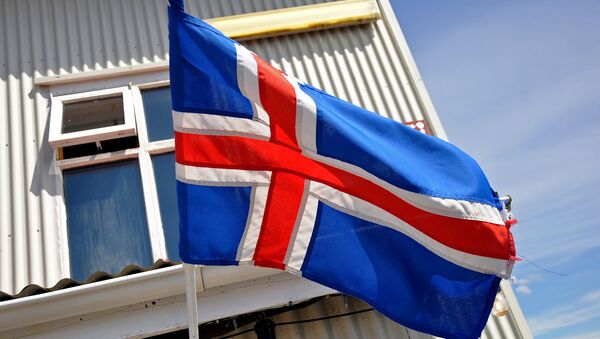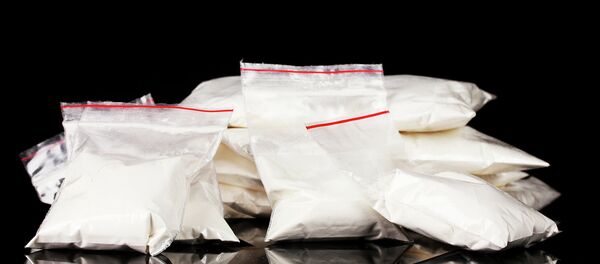In the 1990s, teen substance abuse was an epidemic in Iceland. Some 17 percent smoked cannabis, and 23 percent smoked cigarettes on a daily basis. An eye-opening 42 percent of Icelandic teens drank regularly in 1998.
Those numbers have been slashed drastically. Only 7 percent smoke marijuana, and just 3 percent smoke cigarettes. Only 5 percent drink alcohol on a regular basis, a decrease of 740 percent. Icelandic teens have the lowest rate of substance abuse of any European nation.
The tiny island nation of 330,000 accomplished this through the research of American psychologist Harvey Milkman, who studied the underlying reasons behind substance dependence. "People can get addicted to drink, cars, money, sex, calories, cocaine – whatever," he told Mosaic.
Based on the idea that children turned to drugs and alcohol to fill an emotional void (such as a lack of friends, a dislike of school, or a disconnect with their parents), Milkman speculated that the same urges could be redirected to less destructive pursuits such as athletics, art, music, and martial arts.
"Why not orchestrate a social movement around natural highs: around people getting high on their own brain chemistry – because it seems obvious to me that people want to change their consciousness – without the deleterious effects of drugs?"
Milkman's work caught the interest of Icelandic sociologist Inga Dóra Sigfúsdóttir, and she spent eight years researching substance abuse in Iceland's youth. The abuse epidemic had already taken root in 1991 when Sigfúsdóttir began her work, but Iceland had found no success with an American-style program to educate youth on the dangers of drugs and alcohol.
In 1999, on the basis of the work of Milkman and Sigfúsdóttir, a Youth in Iceland initiative was launched. Children were strongly encouraged to become engaged in extracurricular activities, which were subsidized by an annual government grant of 35,000 króna ($309). Laws regarding the sale of drugs and alcohol were made far stricter, and new organizations were set up to encourage parental involvement with both their children and the children's lives. Most controversially, a nationwide curfew was instituted for all youth between 13-16.
The measures succeeded beyond the government's wildest dreams, and foreign governments expressed a desire to know the secret of Iceland's success. While several nations, including Spain and Lithuania, are experimenting with their own versions of the Youth in Iceland program, none have come anywhere near the widespread adoption in Iceland.
Unlike Iceland, larger nations, like the US or the UK, have communities with radically different levels of wealth, industrialization, and, subsequently, drug use. Milkman believes that similar programs are more likely to be seen on the local or state level, than at a federal level.
There is also the issue of government control. Even nations known for a high level of government intervention in the lives of its citizenry, such as Sweden, balk at restrictions including a child curfew. In a nation like the United States, where many citizens prize their liberties and distrust their government, that issue is only compounded.
Iceland's population is just over 1 percent that of the United States. A common criticism of successful European social programs is that they can only work in small, heavily-industrialized, ethnically-homogenous nations. But Milkman believes that Youth in Iceland is different, and worth a try in the US, a nation where some 4,300 under-21's die from excessive drinking annually.
"I was invited to the White House twice. It won national awards. I was thinking: this will be replicated in every town and village. But it wasn't." Unlike Iceland, the United States has widely divergent communities with radically different levels of education and resources.
The United States spends $40 billion every year to counter illegal drug use. By comparison, Iceland's GDP is approximately $16 billion.







